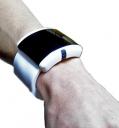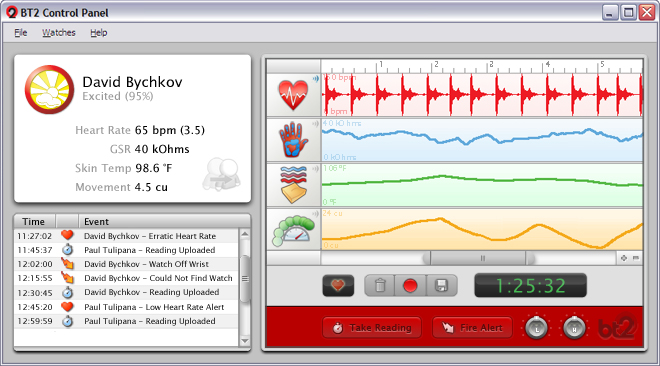Can Positive Affirmations Backfire?
Friday, May 29th, 2009 A major goal of cognitive design is to create artifacts that put people in a particular mental state by using features and functions that enhance specific thoughts, feelings and cognitive processes. One way to do this is to include features in your design that trigger a positive-affirmation-effect that causes users reflect on or even subvocalize positive thoughts about themselves.
A major goal of cognitive design is to create artifacts that put people in a particular mental state by using features and functions that enhance specific thoughts, feelings and cognitive processes. One way to do this is to include features in your design that trigger a positive-affirmation-effect that causes users reflect on or even subvocalize positive thoughts about themselves.
I read a recent article, Positive Self-Statements: Power for Some, Peril for Others, that offers a caution when using this approach. Here is the abstract:
“Positive self-statements are widely believed to boost mood and self-esteem, yet their effectiveness has not been demonstrated. We examined the contrary prediction that positive self-statements can be ineffective or even harmful. A survey study confirmed that people often use positive self-statements and believe them to be effective. Two experiments showed that among participants with low self-esteem, those who repeated a positive self-statement (“I’m a lovable person”) or who focused on how that statement was true felt worse than those who did not repeat the statement or who focused on how it was both true and not true. Among participants with high self-esteem, those who repeated the statement or focused on how it was true felt better than those who did not, but to a limited degree. Repeating positive self-statements may benefit certain people, but backfire for the very people who “need” them the most.”
Bottom line for cognitive designers – include self esteem in the psychographic profile of your customers.












